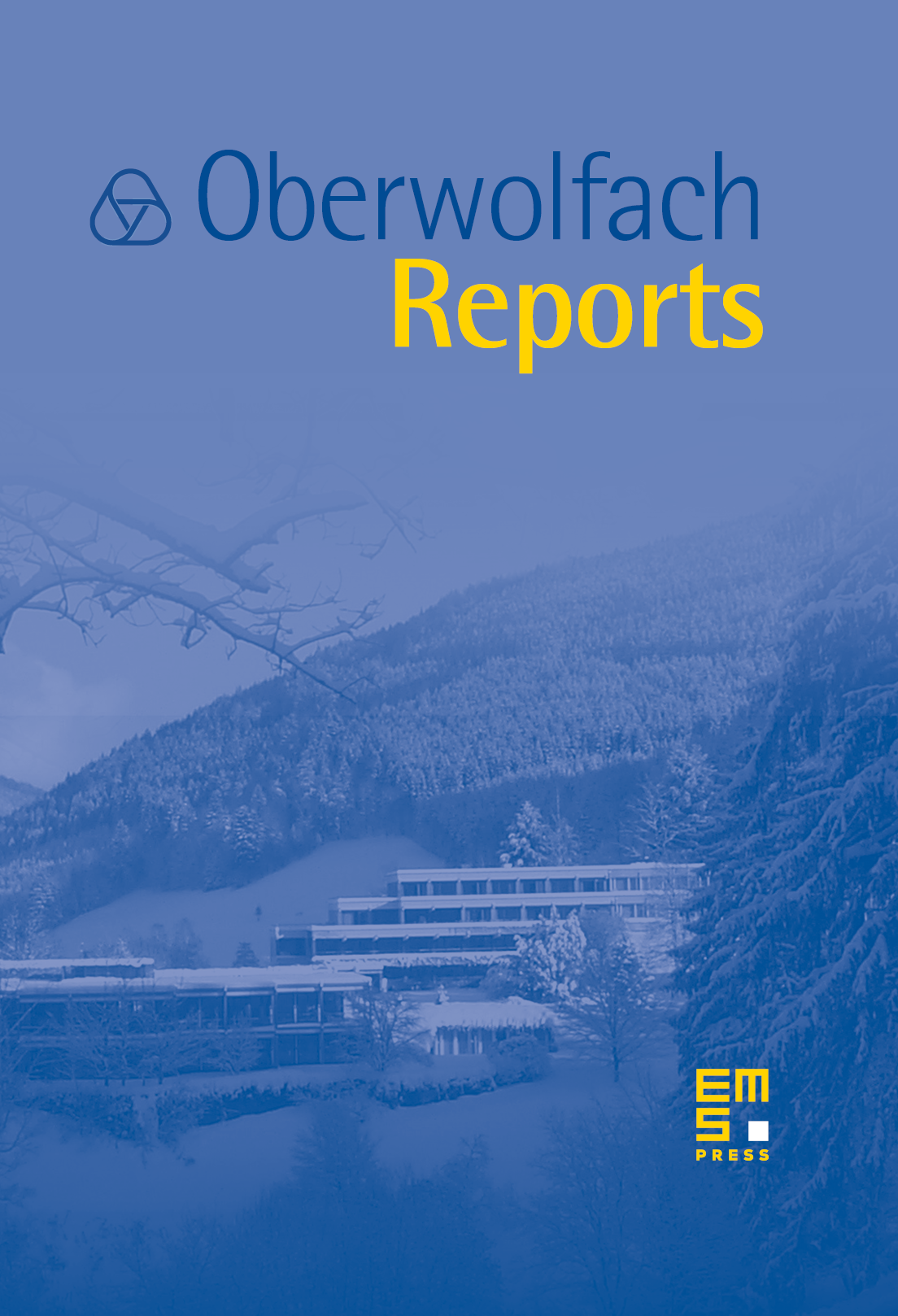Deformations and Contractions in Mathematics and Physics
Alice Fialowski
ELTE TTK, Budapest, HungarySergey Novikov
University of Maryland, College Park, United StatesMartin Schlichenmaier
Université du Luxembourg, LuxembourgMarc de Montigny
University of Alberta, Edmonton, Canada

Abstract
Deformations of mathematical structures are not only important in most parts of mathematics but also to a large extend in physics. Contractions are in some respect dual to deformations. The aim of the proposed workshop was to bring together world experts in these complementary topics of deformations and contractions of various algebraic structures. Deformations and contractions have been investigated by researchers who had different approaches and goals. Tools such as cohomology, gradings, etc. which are utilized in the study of one concept, are likely to be useful for the other concept as well. At this meeting there were mathematicians, mathematical physicists and physicists as well. The organizers hope that the meeting was of benefit to all groups.
Because various fields in mathematics and physics exist in which deformations are used, it was necessary to focus the topic of the workshop. The meeting mainly considered deformations of algebras (in particular, of Lie algebras), groups, and related algebraic structures, the corresponding contractions, and their applications to problems in physics. Nevertheless, other fields with strong relations to the central topic were present too. One such field, discussed in detail at the workshop, with tight interaction was deformation quantization. But also other topics like quantum groups, deformation of Hopf algebras, q-deformed physics, fuzzy spaces, quantum systems as deformations of classical systems, etc showed up.
As the workshop had an interdisciplinary character it was considered to be useful to start with some introductory talks on
- Deformations in mathematics and physics,
- Contractions of Lie algebras in physics,
- Cohomology and deformations,
- Deformation quantization,
with the aim to introduce the necessary concepts which were not always well known to all the different communities present. For more details on the concepts, see the corresponding extended abstracts in this Oberwolfach report.
The following is a (non-exhaustive) list of topics which were discussed at the workshop.
- The concept of rigidity and deformations in its different versions; relations to cohomology, moduli spaces of algebras and existence of versal families; for formally rigid infinite dimensional algebras there exist nevertheless global deformations which are locally non-trivial; the deformations of enveloping algebras.
- Contractions and its relations to deformations considered from a mathematical point of view; the different concepts of contractions, generalized Inönü–Wigner contractions, graded contractions, degenerations, orbit closure, jump deformations, expansions; invariants of Lie algebra.
- Contractions and their physical implications; macroscopic quantum systems, local current algebras, supergravity, regularisations, symmetry of the hydrogen atom.
- Deformation quantization; its application to field theory, algebraic varieties, superformality, unimodular vector fields.
- Deformations of vector field algebras; its relation to geometric moduli spaces, algebras of Krichever–Novikov type, supergeometry
- Non-commutative spaces and related algebraic objects; differential geometry of noncommutative spaces, Hopf algebras, operads, quantum groups, curvature, elliptic gamma functions and triptic curves.
The workshop was attended by 44 participants from all over the world. The official program consisted of 24 lectures. Two evening sessions of informal presentations were organised. Beside the official program, there was ample time for the participants for further activities, such as self-organised sessions and discussion groups.
Cite this article
Alice Fialowski, Sergey Novikov, Martin Schlichenmaier, Marc de Montigny, Deformations and Contractions in Mathematics and Physics. Oberwolfach Rep. 3 (2006), no. 1, pp. 119–186
DOI 10.4171/OWR/2006/03